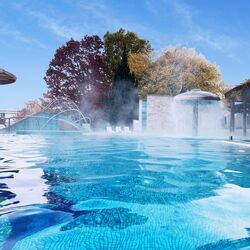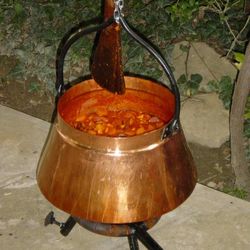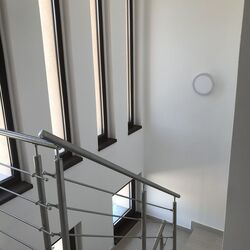Indian waterlilies, mosquitofishes, ides, little grebes, dice snakes, bald cypresses, cyanophytes…
Just a few to see how many unique and diverse species live together in the lake, the stream and forest that surrounds them.
The most photographed
The Indian waterlily which is indigenous in Bengal (Nymphaea rubra var. loniflora), was planted into Lake Hévíz in 1898 by Sándor Lovassy an agricultural engineer from Keszthely. The pink flowers are usually only 5-7 centimetres above the water. At the moment, the flowers start to bloom in the late evening, and they close their petals in the morning. On the other hand, the smaller white waterlilies (Nymphaea alba L.var. minor) are already indigenous in the thermal water of Hévíz. At the moment, they are not present in the lake, but you can spot them in the Hévíz stream.

The smallest
In the water, many strains of bacteria can be also found. There are two species of bacteria which can only be found in Hévíz including the miscromonospora of Hévíz (Micromonospora heviziensis).

The most protected
The little grebe is the most protected species at the Lake. In Hungary, they can only survive the winter here. By the stream, we can see many families but sometimes they build a nest at the Lake as well. Once they nested at one of the stairs leading into the water, so the guests of the Lake could see them from up close. Unlike other grebe species, the little grebe not only eats fish but smaller organisms as well.

The biggest
The road leading to Hévíz is called Festetics alley, which is a beautiful alley filled with enormous bald cypresses. The breathtaking cypresses are from North America, in Hévíz you can meet them in the protective forest around the lake. Unlike other cypresses, its leaves become red during the autumn, and the leaves completely fall off in the winter. They are wonderful to see both in the summer with their green crowns and during the autumn with golden and reddish leaves.

The prettiest
The common kingfisher doesn’t have a regular nesting place, but they can be spotted in Hévíz quite frequently. Most of the times we can see them by the Hévíz stream.

The ones with the best smell
We also have a beautiful pink flower to show you, which most of times live rooting into the mud. The flowering rush grows even 2 metres above the water surface. They bloom from June to August, and they usually spread by scattering their seeds on the water.

Tourists and residents
There are some who only come back for the summer, while other come for the winter. During the spring many bird species return to Hévíz like the barn swallows, the common house martins and then the Eurasian coots. The great cormorant can be often spotted by the streams, the grey herons and egrets also like to visit us from time to time from the Kis-Balaton areas. Many ducks already feel at home by the water of the Lake.

If you have problems with mosquitoes…
There is a small fish in the Lake of Hévíz which has a great appetite for mosquitoes! The so-called mosquito fishes are not indigenous in Hévíz, however, they definitely feel at home in our waters. Many other tropical fishes can be also found in the stream who enjoy the warmer water.

The most frightening
The dice snake definitely looks frightening to some, but in reality it is a really peaceful animal who likes to live in the water. It is only a 75-100 centimetre long and as its name suggests its back is filled with little black shapes.

There are many things to explore regarding the unique flora and fauna of Hévíz. Come and experience it first hand!
More information:
Tourinform Hévíz
8380 Hévíz, Rákóczi str. 2.
+36 83 540 131





